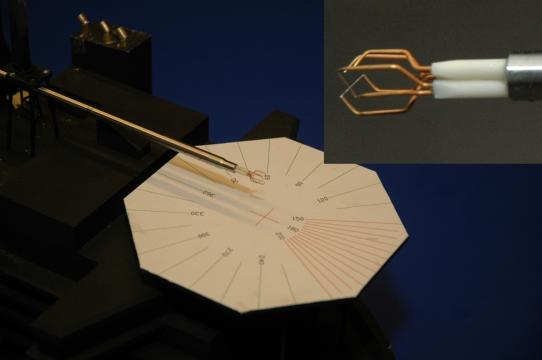
Heerema's Aegir is a deepwater construction vessel (DCV) for executing complex infrastructure and pipeline projects in ultra-deep water. Aegir also has sufficient lifting capacity to install fixed platforms in relatively shallow water. The design is a customized Ulstein Sea of Solutions SOC 5000.
Helicopter deck turbulence
To ensure safe helicopter operations offshore helicopter decks are most frequently certified according to the CAP 437 or NORSOK C-004 regulations, which require an assessment of turbulence levels in the airspace above the helideck. The safety of helicopter operations is closely related to the turbulence level around the landing spot. Especially in offshore situations with helicopter decks on vessels or platforms the airflow can be disturbed by large obstacles like drilling derricks, cranes etc, causing increased turbulence levels. The turbulence level can be directly measured in the Atmospheric Boundary Layer Wind Tunnel facility of Peutz, while the scale model is exposed to an approach flow according to the actual maritime wind velocity and turbulence boundary layer profile. The results of the assessment are presented in polar plots for pilot information and can be directly used for optimisation of the operational window and entries in the Helideck Limitations List (HLL).
Main particulars
Vessel type: Deepwater Construction Vessel
Length over all: 210 m
Beam: 46 m
Draft: 8-11 m
Designer: Ulstein Sea of Solutions B.V.
Client / Operator: Heerema Marine Contractors